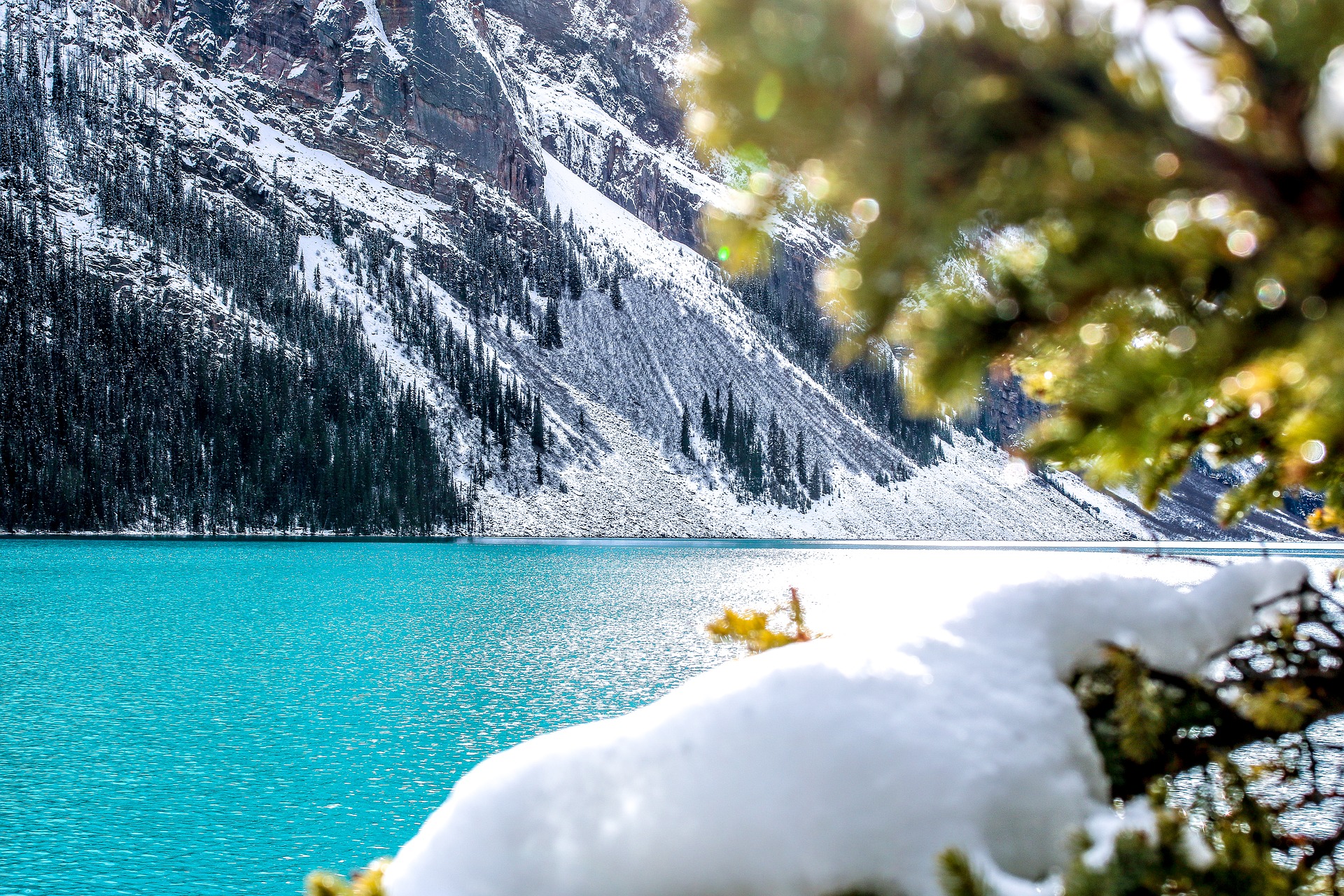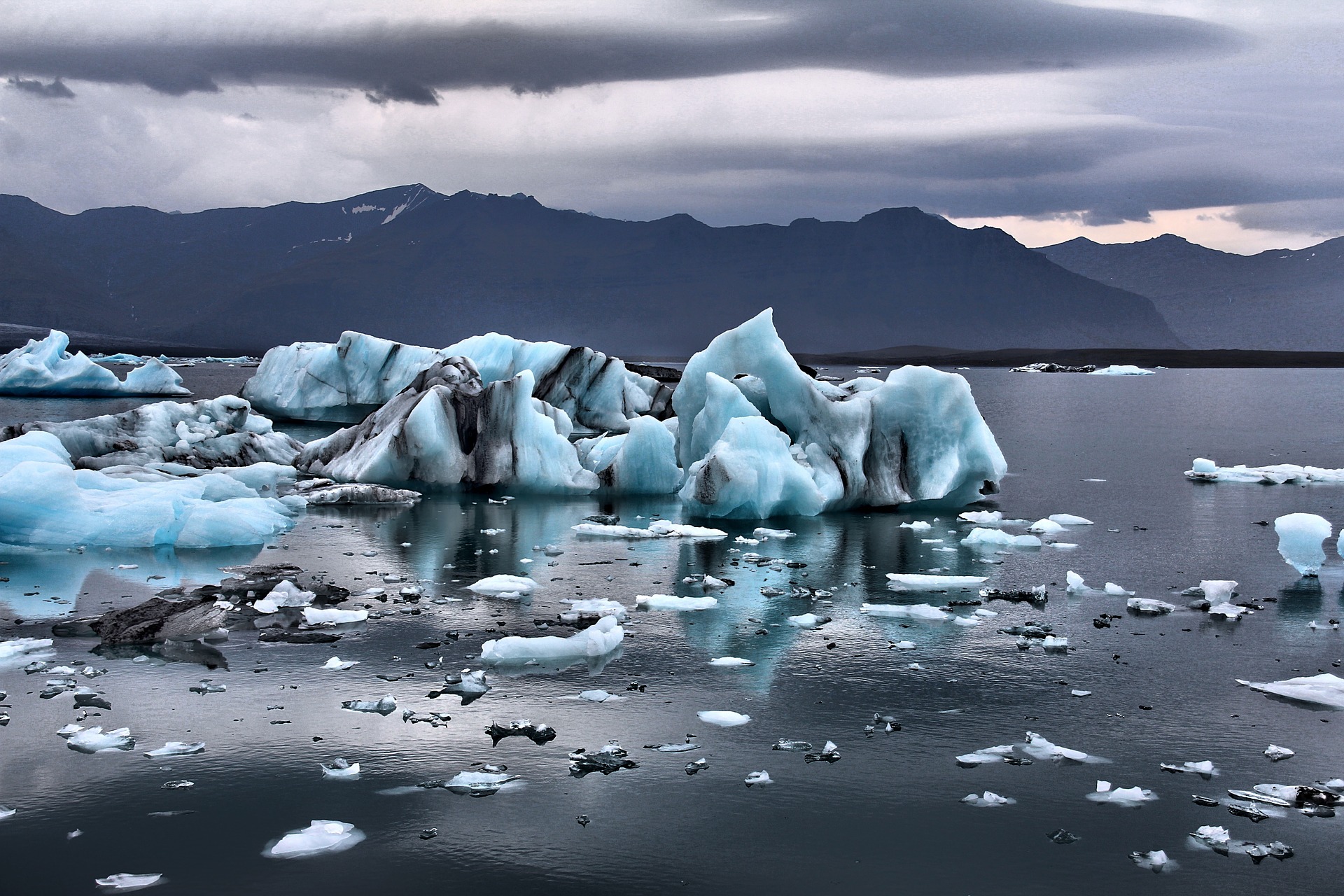© 2000-2023 - Enkey Magazine - All rights reserved
ENKEY SNC - VAT ID IT03202450924 / REA Code CA253701 - Phone. 078162719
Let’s do a first consideration. The 71% of the planet is covered by oceans, which contains the 97% of the water of the Earth and they are responsible of half of the primary production. Basically without them many species won’t exist, included the human one. In this article we will talk about the glaciers melting that is what is destabilizing the ecosystem as much as that we can see it from the satellite.
Oceans, glaciers and cryosphere
Do you know who supply the services of food, fresh water, renewable energy, helth and wellness besides culture, commerce and transports? The oceans and the cryosphere.
We never have the feeling of how much these two elements, that includes even the glaciers of the North Pole and the South Pole, suffer from the climate change. They affect then even the natural, culturale and social assests of the Earth.
The high mountain regions host about a tenth of the world population. The glaciers, the permafrost and the snow cover make them even the place of the changes of the cryosphere.
Let’s see together what shows the annual report IPCC.
Glaciers catastrophically dropping
The special report of the IPCC about oceans and glaciers (Special Report on the Ocean and Criosphere in a Changing Climate) is the result of a massive work made by 107 scientists that considered 6.981 publishing and 31.176 comments that came from review and governments of 80 countries.
Compared with the previous reports about the glaciers and the climate changes, the IPCC increase the level of sureness about the effects that the oceans will have according to the emitting scenarios.
There is so the confirme that the projection to the 2100 of the reduction of a third of the global glaciers, of almost all the ice of the Alps, and the elevation of the sea up to 1 meter if the emission will continue like now.
Besides the natural and the ecological aspects, the report considers even the impacts on the fishing, the tourism, the economy, the health, the culture and the local traditions. Infact, from the report we can see that the changes of the oceans and of the cryosphere are already ongoing and if it continues with this rythm there will be a real catastrophical drop of the health of the glaciers and of the oceans, and even of the services.
The most important message of the massive report is that the oceans and the cryosphere are already changing under the effect of the global warming. But not only. They will continue to change even if the humanity will be able to keep the global warming under the 2°C.
So we have to adapt ourselves to the changes.
Between the most evident impacts there is the mountain and obviusly the see glaciers of the Poles.
The mountain
The high mountain regions host about a tenth of the world population. The glaciers, the permafrost and the snow cover make them even the place of the changes of the cryosphere.
The second chapter of the IPCC describes how at the end of the century the glaciers will lost about the 18% of their mass compared with the levels of the 2015 in a scenario with low emissions (about the 30% in a scenario with high emissions).

This will bring to an increase of the level of the sea, especially in the regions of the central Europe and the northern asia. Infact, they will suffer of a lose of the 80% of the current glacial mass, until to the possible disappearing of whole mountain glaciers.
The changes of the mass of the glaciers and of the snow cover are even affecting the rivers flow.
The retreat of the glacieers and the melting of the permafrost already destablished the mountains and in the last decades we recorded an increase of the avalanches of “wet snow”. Even the landslide and the floods will become with the time an ever more severe problem.
There is something else. The glaciers contain toxic chemical substances of human origin. An example? The DDT, some heavy metals and the black carbon. They, while pooring in the water, might reduce the quality of the potable water of the surrounder area.
All of it will bring to severe problems about the hydroelectric energy and the farming, where they won’t have the needed water for the irrigation and the growth of seeds and fruit plants.
So, the change of the conditions in high mountain might have massive consequences, especially for the alps ecosystems. This doesn’t mean that there will be only negative aspects. Infact, the retreat of the snow and of the ice will bring to an increase of the biodiversity, at the expence, though, of the mountain species that will decrease fastly.
Sea glaciers to the Poles
The report shows even an incredible thing. The lose of artic glaciers in the last two decades was unprecedented, like we didn’t see for 150 years on.
The satellites show even a reduction of the thickness of the glaciers in the artics, that from the 2000 to the 2012 arrived to almost 60 centimeters per decades. This reduction, which was mainly observed in the summer sea glacier of the Artic, is caused by the climate changes. Only for a small part it’s caused by the nature and its natural changes.

There are fears for the so called “artic amplification”. With the reduction of the glaciers, the solar energy is mostly absorbed by the ocean, by causing a further heating. The sea, so, continues to warm up, especially in summer, which doesn’t help the ice during the winter neither.
Unlike the Artic, the antarctica saw temperature changes less homogeneous. In the last 30-50 years, infact, the changes of the extention of the glaciers of the antarctica is made by the regional changes that compensate the human ones.
The report shows that in this case, it dependes a lot by the Antarctica regions observed.
There are infact many elements that support this regional variability in the extention of the glaciers of the Antarcitca. First of all there is an essential effect of the winds that flows from North to South and Viceversa. Secondly, the warming of the surface of the Antarctica is delayed by the circulation of the Austral Ocean, which carries the heat of the sun on the bottom.
Anyway, the situation is serious and even if we can’t say for use when the glaciers of the Poles will become extinct it’s sure that the human doesn’t helping them to survive and otherwise it’s threating its survival.
This post is also available in:
 Italiano
Italiano

